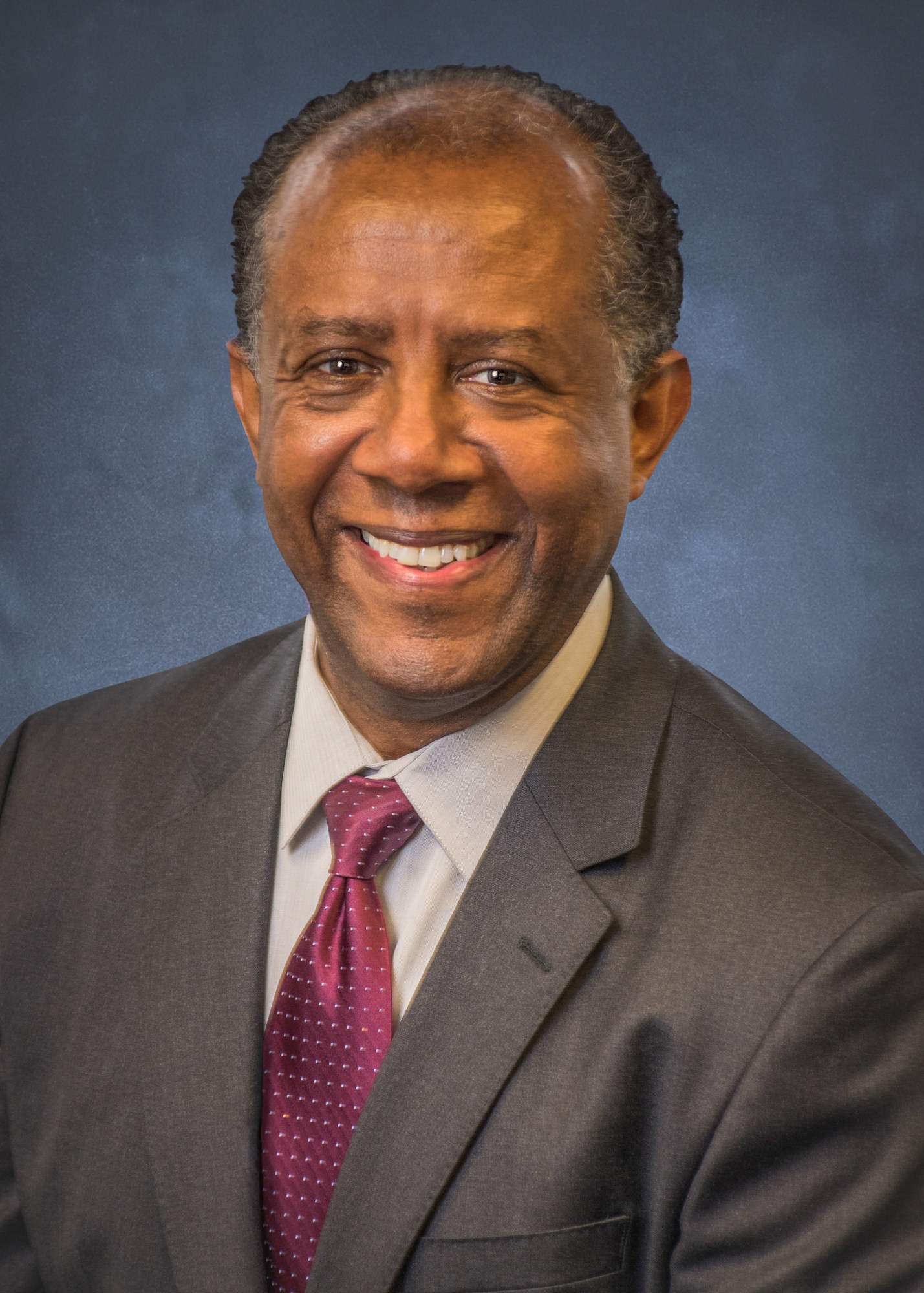How can a city encourage development while ensuring that growth doesn’t come at the expense of disadvantaged communities? That’s the question that brought Sam Assefa, MCP ’91, to the Pacific Northwest in 2016. Building on urban design experience in San Francisco, Chicago, and Boulder, Colorado, he is about to begin his fifth year as director of Seattle’s Office of Planning and Community Development (OPCD).
Assefa and his team are focused on making sure that urban planning and investments will benefit all of Seattle’s diverse neighborhoods. It’s an aim that will inevitably be complicated by the social and economic fallout of covid-19, which he says is disproportionately affecting people of color. Interviewed in early March, he articulated the underlying inequities: “Seattle has been experiencing unprecedented economic as well as population growth driven by the tech economy, but not everyone has been benefiting. Most of the people who have been left behind are people of color, immigrant populations, African-Americans who have been displaced at a very high rate over the last 10 to 15 years.”
Not long after Assefa joined the OPCD, his office published its 2035 Comprehensive Plan, which guides the city as it works to meet the needs of its more than 747,000 residents (a number that increased by almost 17,000 from 2018 to 2019 alone). A pillar of the plan was to require developers to either provide affordable homes or contribute to a fund for affordable housing. Assefa’s office led the nearly four-year process that resulted in the passage of mandatory housing affordability legislation, which took effect in April 2019.
Don’t settle for half the story.
Get paywall-free access to technology news for the here and now.
